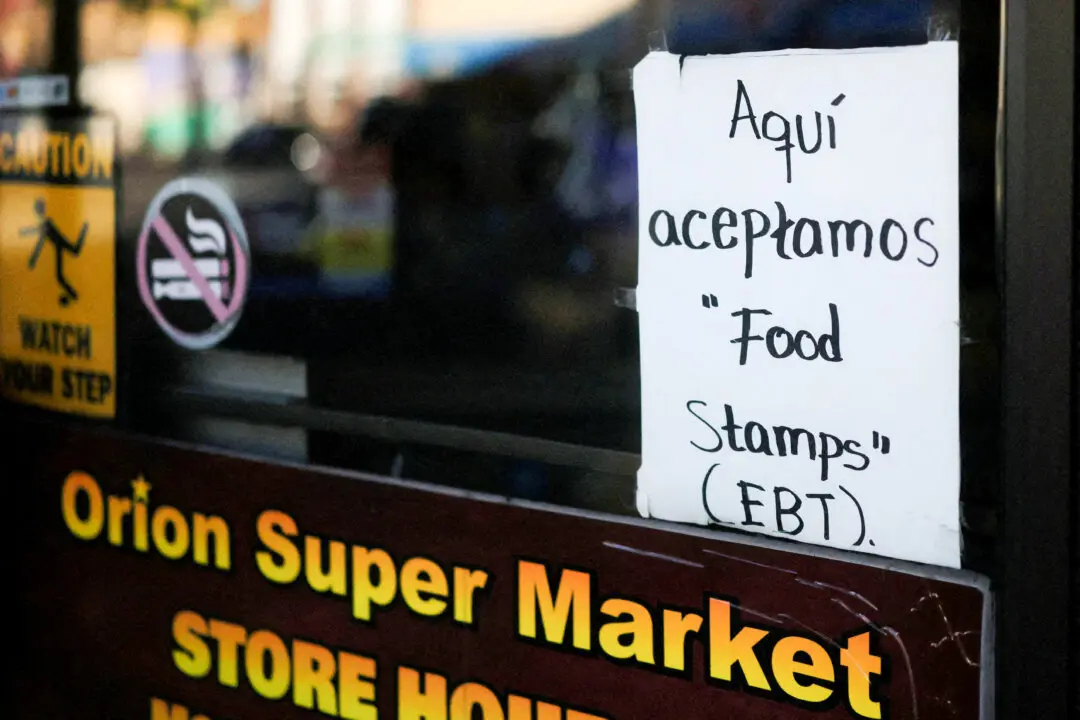An immigration rule affecting illegal immigrants, which was finalized at the direction of former President Joe Biden, violates federal law, U.S. District Judge Rudolph Contreras ruled on May 9.
The rule had several parts. It forced illegal immigrants seeking asylum, or protection against deportation because of fear of danger if they were sent to their home country, to schedule a time to appear at a port of entry to request asylum. If they didn’t, they would not be eligible for asylum, with limited exceptions.





